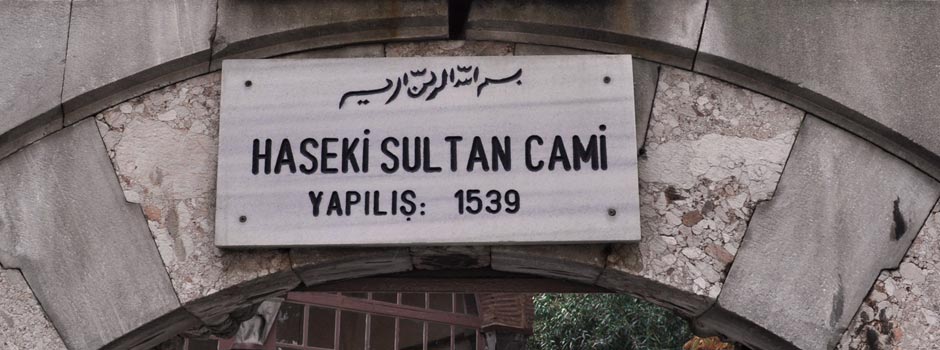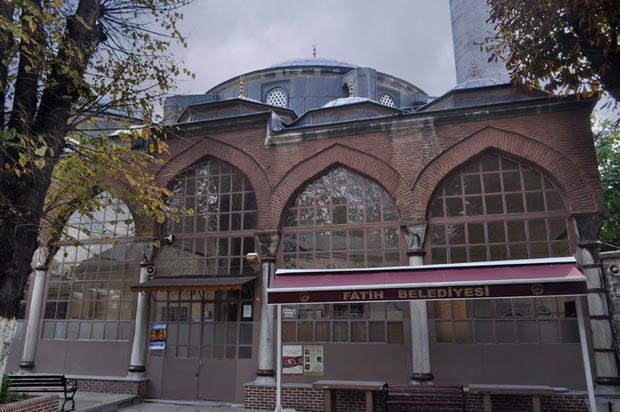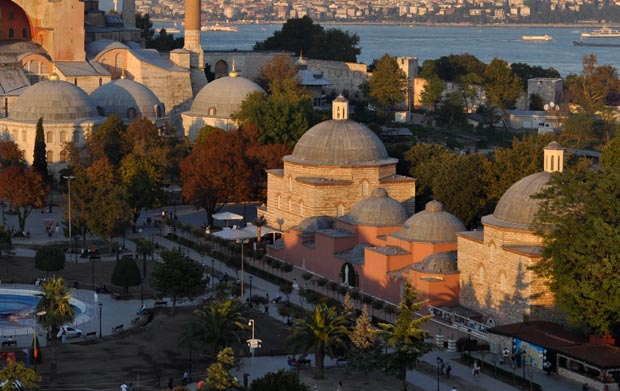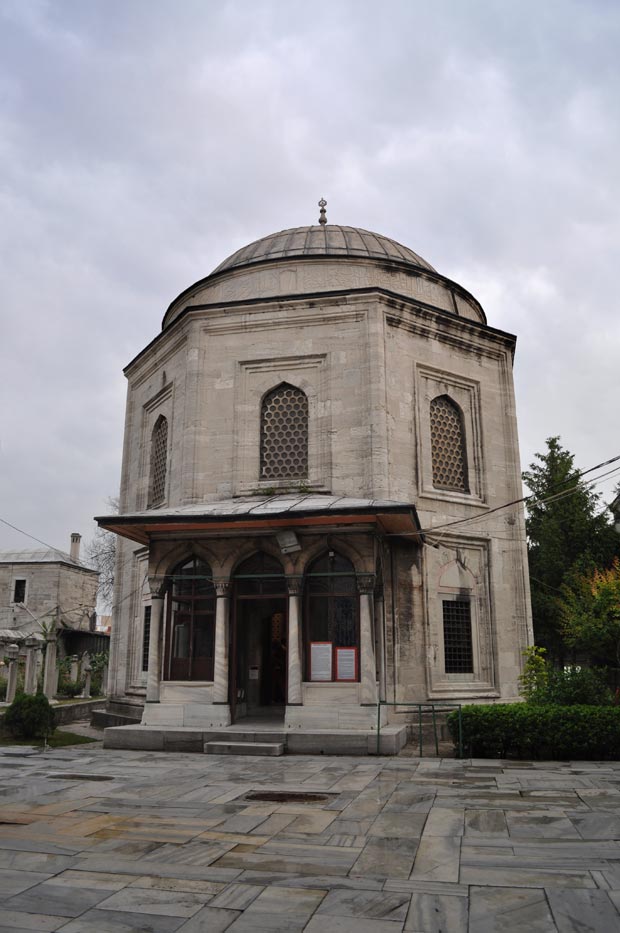
The Historical Heritage of Istanbul Haseki Hürrem Sultan and her Contribution to the Development of Ottoman Art
Jan 07, 2013 Art History

Historical sources describe her as a very intelligent, pious and cheerful person, a caring mother, a woman of exceptional manners and a great patron of the arts. She is particularly well-known for her great poetic skills in the Turkish language. She was one of the first women of the court who was actively engaged in politics and she in effect succeeded in strengthening of the Ottoman Empire.
She gave birth to nine children, seven sons and two daughters, all fathered by Sultan Süleyman I. Of all her children, we must single out her son Selim who succeeded his father and became Sultan Selim II and her daughter Mihrimah who is remembered as the most influential female figure of Ottoman history.
Haseki Hürrem Sultan particularly excelled in the field of community service, having built, for example, a monumental charitable foundation or waqf in Istanbul as well as in other cities. The Haseki Sultan Mosque designed by the famous architect Mimar Sinan was built in 1539 in Istanbul. The mosque was extended eastward at the start of 17th century in 1613 by Hasan Bey, the trustee of the foundation. The building was damaged in the fires of 1660 and 1918 and in the earthquake of 1894 but was reconstructed each time. The whole complex or kulliye of Haseki Sultan Mosque consists of a madrasa, a hospital (Haseki Dar al-Shifa), and a soup kitchen (imaret). The Haseki Dar al-Shifa was also built by Mimar Sinan in 1539 for Sultana Hürrem. The building is still used as a polyclinic by Haseki State Hospital.
 The Haseki Sultan Mosque designed by famous architect Mimar Sinan was built in 1539 in Istanbul / Photo by Islamic Arts Magazine
The Haseki Sultan Mosque designed by famous architect Mimar Sinan was built in 1539 in Istanbul / Photo by Islamic Arts Magazine
 Another view of the the Haseki Sultan Mosque / Photo by Islamic Arts Magazine
Another view of the the Haseki Sultan Mosque / Photo by Islamic Arts Magazine
Besides building the well known hammam, located across from Hagia Sophia, Haseki Hürrem Sultan also sponsored religious endowments (waqfs) in other cities like Mecca, Jerusalem, Damascus, Baghdad, Konya and Edirne. In addition, she gave inordinate sums of money to help the poor and needy.
 The hammam sponsored by Haseki Hürrem Sultan is located across from the Hagia Sophia / Photo by Islamic Arts Magazine / Photo by Islamic Arts Magazine
The hammam sponsored by Haseki Hürrem Sultan is located across from the Hagia Sophia / Photo by Islamic Arts Magazine / Photo by Islamic Arts Magazine
Haseki Hürrem Sultan died in Istanbul in 1558, a few years before her husband Sultan Süleyman I. She was buried in a specially built mausoleum, next to the Süleymania Mosque in Istanbul.
 The Mausoleum (turbe) of Haseki Hürrem Sultan, next to Süleymania Mosque in Istanbul / Photo by Islamic Arts Magazine / Photo by Islamic Arts Magazine
The Mausoleum (turbe) of Haseki Hürrem Sultan, next to Süleymania Mosque in Istanbul / Photo by Islamic Arts Magazine / Photo by Islamic Arts Magazine
 Interior of the Mausoleum (turbe) of Haseki Hürrem Sultan / Photo by Islamic Arts Magazine
Interior of the Mausoleum (turbe) of Haseki Hürrem Sultan / Photo by Islamic Arts Magazine
Comments
Add a comment